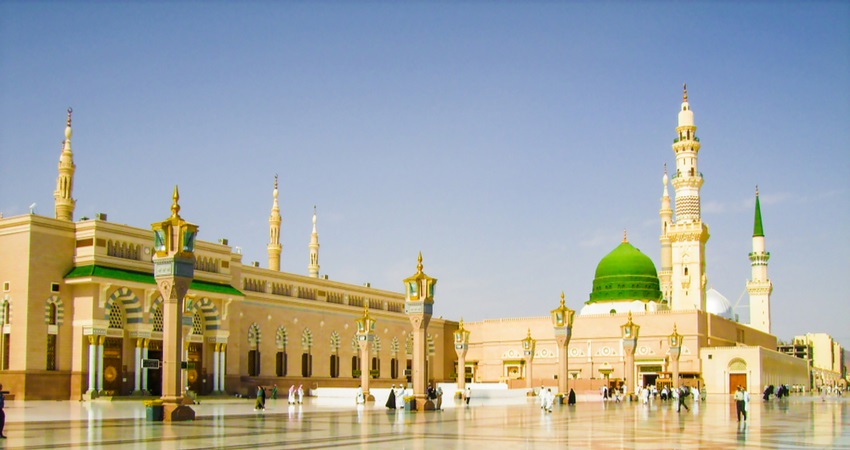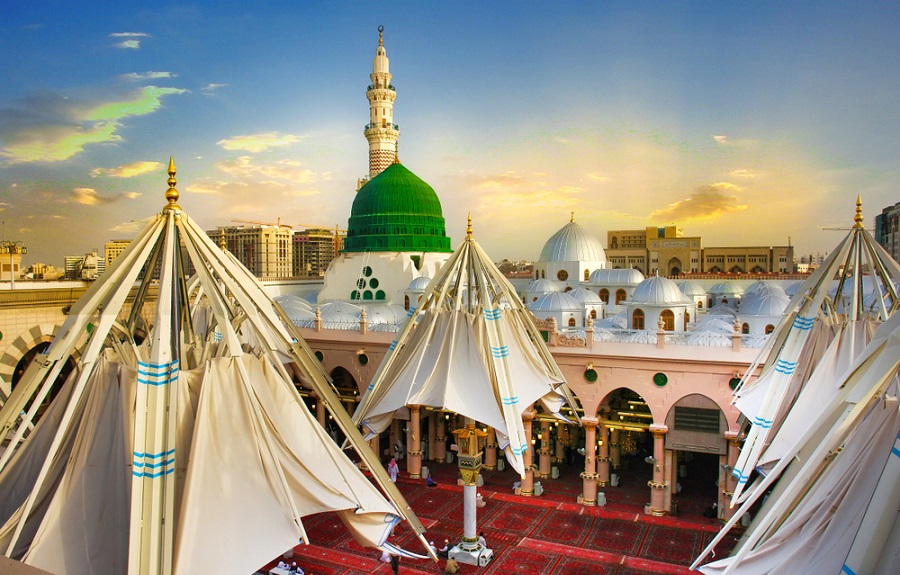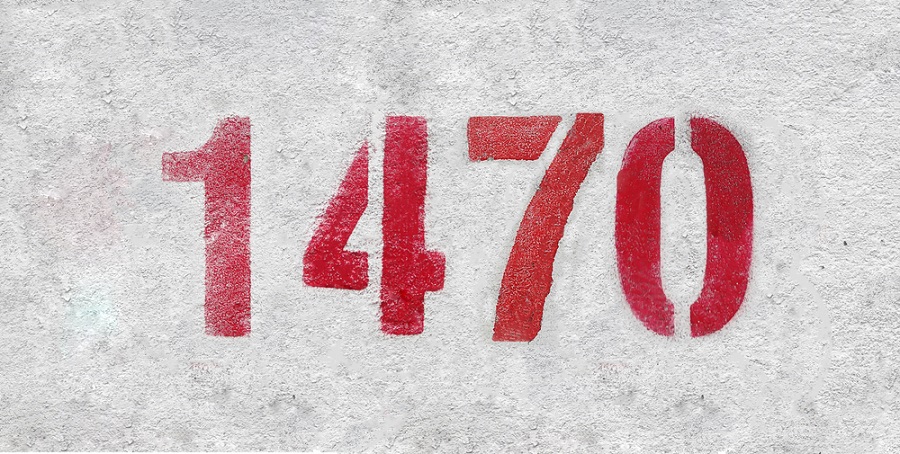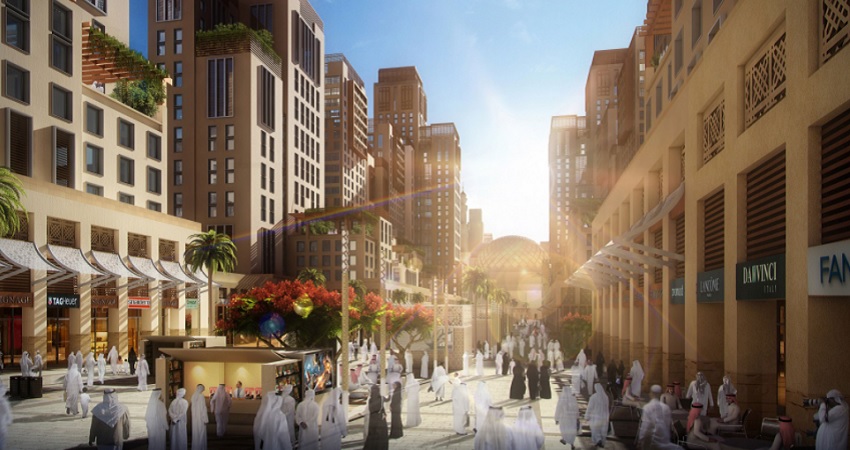Situated at the heart of Madinah and built by the Prophet Muhammad (PBUH), Masjid-e Nabawi is the second largest mosque in Madinah, Saudi Arabia after Masjid Quba. After Al-Haram mosque in Makkah, it is considered the second holiest spot for Muslims. The history of Masjid-e Nabawi tells the story of two orphans, Sahl and Suhayl, who retained the land of Masjid-e Nabawi. Here is how it goes.
History of Masjid-e Nabawi – From the beginning
When Sahl and Suhayl came to know that Prophet Muhammed desired to procure their land for erecting a mosque over it, the two orphans volunteered to give it to him as a gift. As they were orphans, Prophet Muhammed desired to pay them; Abu Ayyub al-Ansari became the donor of the land and paid the price, and Prophet Muhammad (PBUH) contributed his efforts during the construction of the mosque. It took seven months and was erected next to his house where he resided after his migration to Madinah, 622 CE.
Initially, it was an open-air building that was utilised as a community center, court of law and spiritual school. A minbar or raised platform was constructed for the people who edify people about Quran, and for the Prophet Muhammad (PBUH) to give the sermon on Fridays. The mosque was expanded and decorated by the succeeding Islamic rulers and entitled the walls, doors and minarets after their ancestors.
Under the Prophet & the Rashidun (622-660 CE)
History of Masjid-e Nabawi saw many structural additions over the years. Built in 622 CE, the three gates— the Gate of mercy, the Gate of Gabriel, and the Gate of women—were located at the south, west and east of the mosque, respectively. At that time, the qibla wall faced northwise to Jerusalem and al-Suffah was next to the northern wall. In 628 CE, the mosque was expanded after the battle of Khaybar. Three rows of columns were built alongside the west wall, which became the place of worship.
Although during the reign of the first Rashidun caliph Abu Bakr, the mosque remained unmodified, it was altered by the second Rashidun caliph Umar. To expand the mosque, all the houses except those of the Prophet Muhammad (PBUH)’s wives were dismantled. To construct the walls, sun-dried mud bricks were used along with steering pebbles for the floor. Further, three more entrance gates were added to the mosque.
In 649 CE, the mosque was demolished by the third Rashidun caliph Uthman and a new rectangular-shaped mosque was built with stones, iron clamps and teakwood, facing Kaaba.
Under subsequent Islamic reigns (660-1517 CE)
In 707 CE, the mosque was refurbished by Umayyad caliph al-Walid and a wall was built to segregate the mosque and houses of the Prophet Muhammad (PBUH)’s wives. The mosque was erected in a trapezoid shape, connecting its northern part with the sanctuary. Further, the mosque was stretched to the north by Abbasid caliph al-Mahdi and his name was engraved on the panel of Masjid-e Nabawi. The enclosure of Prophet Muhammad (PBUH)’s tomb was lined with marbles by Al-Mutawakkil and in the 1470s CE, a dome of stones was built over the Prophet Muhammad (PBUH)’s grave.
During The Ottoman Rule
During the time of Suleiman the Magnificent, the east and west walls of Masjid-e Nabawi were rebuilt, a new steel-covered dome was placed on the tomb of the prophet Muhammad (PBUH) and the “Gate of Mercy” was resuscitated. In 1817, the construction of al-Rawdah al-Mutaharah (in Arabic) or purified residence was completed by Mahmud ll. In 1837 CE, as the dome of the Prophet Muhammad (PBUH) was painted green, it was named as “Green Dome”. The next successor rebuilt and expanded the mosque with red stone bricks. The Masjid-e Nabawi was reorganised, except for the tomb of the Prophet Muhammad (PBUH), the three altars and the pulpit.
Masjid-e Nabawi under The King’s rule
In the 1800s CE, Saud bin Abdul-Aziz and his followers knocked down almost every tomb and dome except the Green dome, in Madinah. The ornaments and gold on the Green dome were stripped off; It is believed that, either they were unable to demolish it because of its hard structure or because yonks ago, Ibn Abd al-Wahhab wrote that he didn’t desire to see the dome demolished. After 400 years, the ottoman rule came to an end and was followed by Saudi rule.
During the Saudi rule, the Masjid-e Nabawi underwent several modifications. In 1951, as per the king’s order, places around the mosque were demolished to expand the prayer hall of Masjid-e Nabawi. Apace northeast and northwest of the mosque, new minarets were fabricated and the previous ones were recast in Mamluk revival style. To lodge religious readings and the Quran, a library was erected along the western wall.
In 1985, the mosque was again expanded and places around the mosque were demolished. In 1992, escalators and 27 courtyards were added to the Masjid-e Nabawi. To modernise and stretch the area of the mosque, a $6 billion project was proclaimed in September 2012. For this project, hotels on the eastern side, houses and utilities were demolished.
Considered as the second most holiest site in Islam, Masjid-e Nabawi is among the top tourist destinations in Madinah. It has a grand structure and is the second largest Mosque in Saudi Arabia. The mosque is third known mosque built in Islam where Prophet Muhammad (PBUH) is buried. Thus, it is the prime site for pilgrims coming to Saudi Arabia for the pilgrimage of Hajj and Umrah.
Suggested Read: The 3 Holy Mosques Tour – Masjid Al Haram, Masjid Al-Nabawi, Masjid Al Aqsa
FAQs about History of Masjid-e Nabawi
Why is Masjid-e Nabawi important to Muslims?
Masjid-e Nabawi is the second largest and holiest mosque in the world after Masjid-Al Haram in Mecca.
How many gates are there in Masjid-e Nabawi?
Masjid-e Nabawi has 43 gates including doors and entrances.
Where is the tomb of Prophet Muhammad (PBUH)?
The tomb of Prophet Muhammad tomb is situated inside the Masjid-e Nabawi.
How much time did it take to construct Masjid-e Nabawi?
It took seven months to complete the construction of Masjid-e Nabawi.
When was Masjid e Nabawi built?
Masjid e Nabawi was built in 622 CE.
Where is Masjid e Nabawi located?
Masjid e Nabawi is located in the holy city of Madinah, Saudi Arabia.









